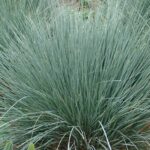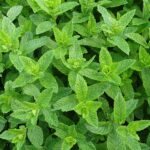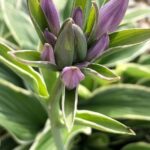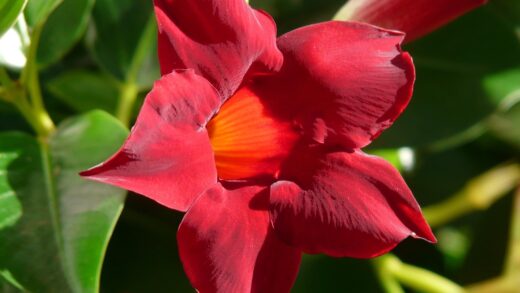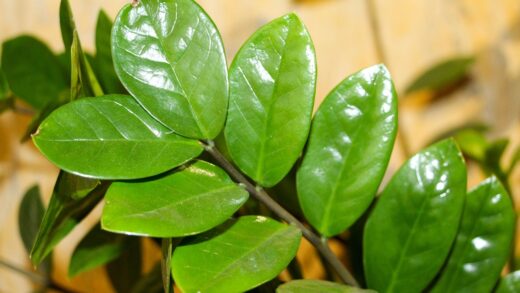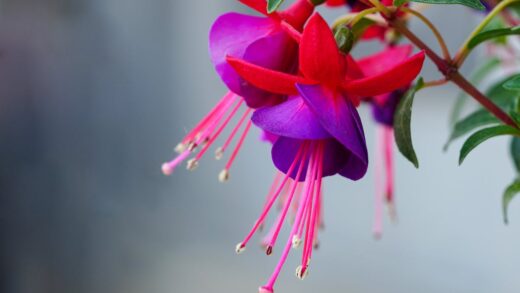Celery, as a notoriously water-intensive plant, has the provision of adequate moisture as one of the cornerstones of its cultivation. Its shallow root system and large, evaporative leaf surface make it extremely sensitive to water shortages, which not only stunt growth but also compromise quality. The plant’s physiological processes, such as nutrient uptake and transpiration, require continuously moist soil to function optimally. Therefore, consistent and professional irrigation is not just an agrotechnical element but a fundamental prerequisite for economical and high-quality celery production, without which celeriac can become hollow and stalk celery can become stringy.
To understand celery’s water management, it is essential to know its root system. The vast majority of the roots are located in the top 30-40 centimeters of the soil, so the plant cannot access water reserves in deeper soil layers. This anatomical feature clearly dictates the irrigation strategy: frequent water replenishment with smaller doses is necessary. Due to its shallow roots, celery is particularly vulnerable to even short dry periods, which can cause irreversible damage to the plant in just a few days. Loose, well-structured soil is essential for optimal root development and efficient water uptake.
The plant’s large foliage is capable of significant evaporation, or transpiration, especially in hot, windy, and dry weather conditions. Water is not only responsible for maintaining the turgor pressure of plant cells but is also the primary medium for transporting nutrients from the soil to various parts of the plant. With insufficient water supply, this transport function is severely impaired, which can lead to nutrient deficiency symptoms even in nutrient-rich soil. This phenomenon has a direct impact on the taste, texture, and overall quality of the crop.
Water deficiency, or water stress, has numerous negative consequences for celery. The most obvious signs are wilting, cessation of growth, and stunted development. In stalk celery, the stalks become tough and fibrous, while in celeriac, the root can become hollow and pithy. A particularly critical period is the few weeks after transplanting when the root system is establishing itself, as well as the intensive phase of root and stalk formation. Even temporary wilting of the plant can cause permanent quality degradation, which significantly reduces the market value of the crop.
Factors influencing water demand
Celery’s water demand is influenced by numerous environmental, or climatic, factors that collectively determine the rate of evaporation and transpiration. High air temperature, low relative humidity, strong winds, and intense solar radiation all increase water loss from the plant and the soil surface. With knowledge of these factors and the use of meteorological data, growers can much more accurately estimate the current irrigation needs. It is also important to consider the microclimatic differences within the field, which can affect the rate of evaporation.
More articles on this topic
The type of soil fundamentally determines the water management strategy. Sandy soils have excellent drainage but poor water retention capacity, so more frequent irrigation with smaller amounts of water is needed in these areas. In contrast, clay soils hold water well but are prone to becoming waterlogged and anaerobic if over-irrigated. The ideal soil type for celery is a well-draining loam or silt loam rich in organic matter, which provides a balance of moisture retention and proper aeration.
The developmental stage of the plant is also a key factor in its water demand. In the period following transplanting, the main goal is to promote the proper establishment of the root system, which requires continuous soil moisture. During the intensive phase of vegetative growth, water consumption rises sharply and reaches its peak during root or stalk formation. As maturity approaches, the water demand decreases slightly, but complete drying of the soil must be avoided even in this phase to maintain quality.
Variety-specific differences should not be forgotten, as the water requirements and root depth of different celery varieties (e.g., celeriac and stalk celery) can differ slightly. Among modern hybrid varieties, there are some that have slightly better drought tolerance or more efficient water use, although celery remains a fundamentally water-intensive plant. The intended use of the crop—whether for fresh market sales or industrial processing—can also influence the optimal irrigation schedule to achieve the desired quality parameters.
Modern irrigation technologies and practices
In celery cultivation, drip irrigation is considered the most efficient and highly recommended method of irrigation. This technology delivers water directly to the plant’s root zone, minimizing losses from evaporation and runoff. Another significant advantage is that the foliage remains dry, which greatly reduces the risk of fungal diseases such as Septoria leaf spot. A properly installed drip system consists of filters, pressure regulators, and drip tapes or tubes laid alongside the rows.
More articles on this topic
As an alternative, various sprinkler irrigation systems, such as linear or center-pivot systems, can be considered. Their advantage is that they can irrigate large areas at once and can also be used to cool the crop during heatwaves. However, their disadvantages include significantly higher water loss due to evaporation and wind drift, as well as an increased plant protection risk due to wet foliage. If sprinkler irrigation is used, it should be scheduled for the early morning hours to allow the leaves to dry quickly.
The basis of effective water management is scientifically-based irrigation scheduling, which is not based on a predetermined calendar schedule but on real data. A variety of modern tools are now available for this purpose, such as soil moisture sensors (tensiometers, capacitance probes) or evapotranspiration (ET)-based controllers. These technologies allow for the precise determination of when and how much water the plant needs, avoiding waste and the stress caused by over-watering or water deficiency.
The efficiency of irrigation can be significantly improved by various complementary agronomic practices. Soil covering, or mulching—whether with organic (e.g., straw) or plastic (film) mulch—can greatly reduce soil evaporation, prevent weed growth, and moderate soil temperature fluctuations. Increasing the soil’s organic matter content by incorporating compost or manure is also crucial, as it improves soil structure and its water-holding capacity. These integrated solutions collectively create a more stable and optimal growing medium from a water management perspective.
Qualitative and quantitative aspects of irrigation
Determining the amount of irrigation water is crucial for successful cultivation. Generally speaking, celery requires 25-50 millimeters of water per week at the peak of the growing season, depending on the environmental factors previously discussed. However, it is important to emphasize that these are only guidelines that must always be adjusted to local conditions and the state of the crop through continuous observation. Over-watering can be just as harmful as under-watering, so precise water application is essential.
Not only the quantity but also the quality of the irrigation water is a decisive factor. High-salinity water (high EC value) causes osmotic stress in the plant, making water uptake difficult, which can lead to stunted growth and leaf tip burn. It is particularly important to test the irrigation water in areas where water quality may be questionable. Certain ions in the water, such as sodium or chloride, can also be toxic to celery in higher concentrations.
One of the main dangers of over-watering is soil waterlogging, which leads to anaerobic conditions. In an oxygen-deprived (anoxic) environment, the roots are damaged and die off, which impairs the plant’s ability to absorb water and nutrients and, paradoxically, produces wilting symptoms similar to drought. A constantly wet, airless soil also favors the proliferation of various soil-borne pathogens, such as Pythium or Rhizoctonia fungi, which can cause root rot and damping-off.
An effective irrigation strategy for celery therefore requires a complex, integrated approach. This includes a thorough understanding of the plant’s biological needs, continuous monitoring of environmental factors, selection of the most appropriate irrigation technology, and precise timing of water applications. The ultimate goal is to maintain a uniform and optimal soil moisture content in the active root zone throughout the entire growing season. This holistic approach is the key to achieving high yields and excellent quality while respecting the principles of sustainable water use.










